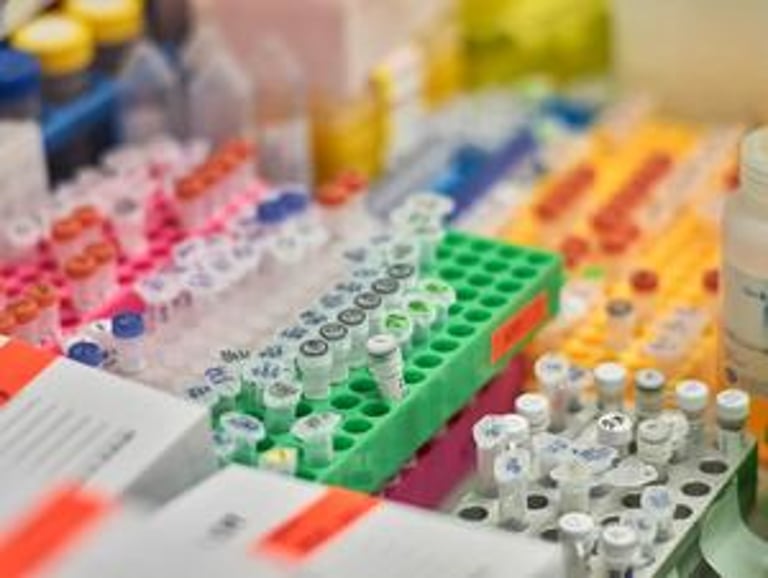Breakthrough in DNA Editing: Enhanced TnpB Cuts Cholesterol by 80% in Mice, Paving Way for Human Therapies
September 23, 2024
Researchers at the University of Zurich have made significant advancements in DNA editing by enhancing TnpB, a smaller ancestor of the CRISPR-Cas system.
TnpB, derived from the radiation-resistant bacterium Deinococcus radiodurans, has historically faced challenges with efficiency in genome editing due to its DNA binding requirements.
Under the leadership of Gerald Schwank, the team engineered TnpB to achieve a remarkable 4.4-fold increase in its DNA modification efficiency compared to the original protein.
The researchers optimized TnpB to improve its ability to reach the nucleus and broaden its targeting capabilities across various DNA sequences.
Utilizing adeno-associated viral vectors for delivery, the team successfully transported TnpB into mouse cells, benefiting from its smaller size which allows for efficient packaging into a single virus particle.
In extensive testing across 10,211 target sites, the optimized TnpB demonstrated editing efficiencies of up to 75.3% in mouse livers and 65.9% in mouse brains.
This research also explored the potential of TnpB in treating familial hypercholesterolemia, a genetic disorder affecting 31 million people globally, successfully reducing cholesterol levels in treated mice by nearly 80%.
The ultimate goal of this research is to develop similar gene editing therapies for human patients suffering from high cholesterol-related diseases.
The findings of this study, which highlight the potential of TnpB as a more efficient genome editing tool, were published in the journal Nature Methods on September 23, 2024.
CRISPR-Cas systems, originally a bacterial defense mechanism, have transformed genetic engineering, paving the way for precise genetic editing in medicine and biotechnology.
The success of TnpB in reducing cholesterol levels in mice raises hopes for adapting this approach for human patients in the future.
By developing an AI model to predict TnpB's editing efficiencies, the researchers are paving the way for more targeted and effective gene editing applications.
Summary based on 4 sources
Get a daily email with more Science stories
Sources

ScienceDaily • Sep 23, 2024
Compact 'gene scissor' enables effective genome editing
EurekAlert! • Sep 23, 2024
Compact “gene scissor” enables effective genome editing
www.swissinfo.ch • Sep 24, 2024
Zurich researchers develop small gene-editing scissors